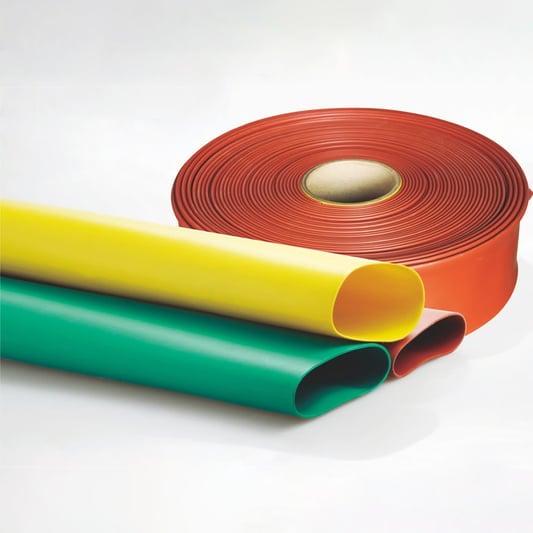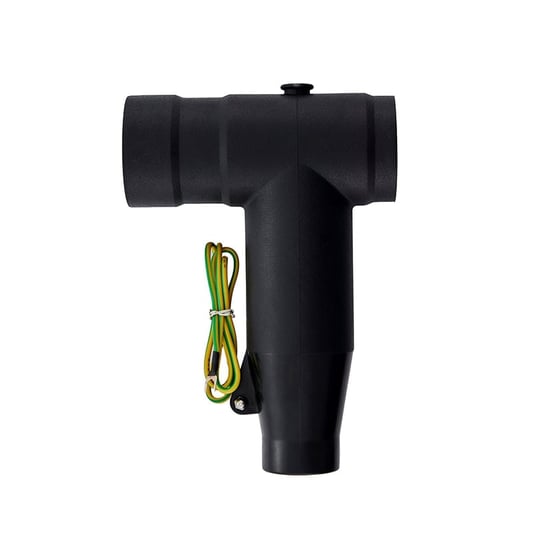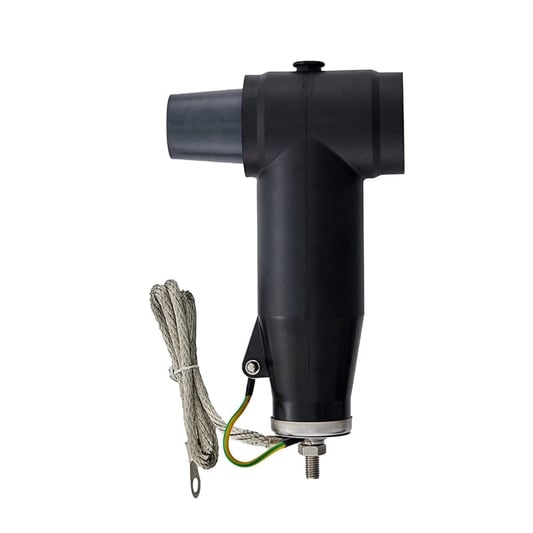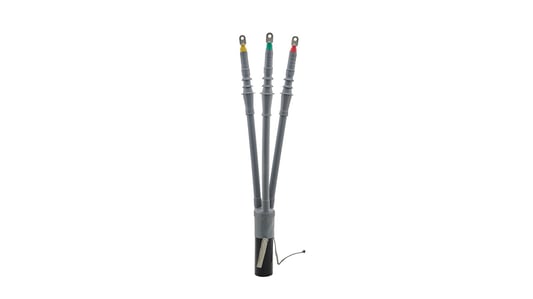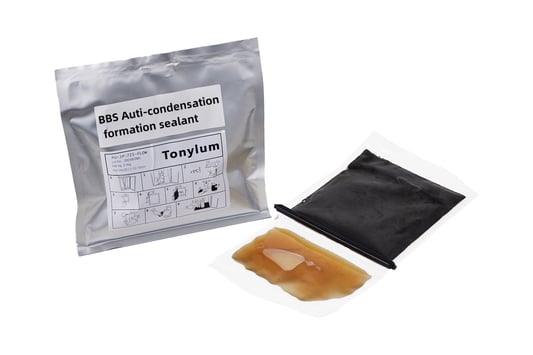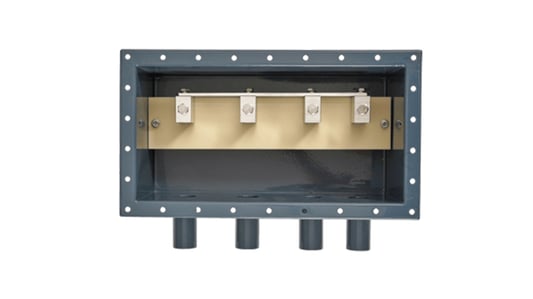What are Heat Shrinkable Indoor Termination Kits?Heat Shrinkable Indoor Termination Kits are a set of electrical equipment that is used for the termination of cables. These kits are usually designed for indoor use and are made to withstand different temperature ranges. This kit comprises essential items such as cables, connectors, terminations, and insulators, all of which are required to terminate a cable in an indoor setting.What are the Benefits of Heat Shrinkable Indoor Termination Kits?Using Heat Shrinkable Indoor Termination Kits provides several benefits. Some of these benefits include the high levels of insulation they provide, their ability to handle high voltage and temperature, and their durability. These kits are also easy to install and are suitable for various types of indoor cables.How to Choose the Best Heat Shrinkable Indoor Termination Kits?There are different types of Heat Shrinkable Indoor Termination Kits in the market, each designed for a specific purpose. When choosing the right kit, it is essential to look for a high-quality kit that can handle the required voltage and temperature. It would be best to select a kit with suitable connectors, terminations, and insulators that can work with the type of cable you want to terminate.How to Install Heat Shrinkable Indoor Termination Kits?Installing Heat Shrinkable Indoor Termination Kits requires a specific set of tools, including a heat gun, a wire stripper, and a cutting tool. Follow the installation guide that comes with the kit to ensure the proper installation of the kit. It is important to make sure the connectors are tightly crimped and that the insulator fits the cable snugly.What are the Applications of Heat Shrinkable Indoor Termination Kits?Heat Shrinkable Indoor Termination Kits are commonly used in various industries such as telecommunications, power distribution, and manufacturing. They are useful for terminating cables indoors, especially when high levels of insulation are needed. These kits can be used for different types of cables, including copper and aluminum cables.What are the Types of Heat Shrinkable Indoor Termination Kits?There are different types of Heat Shrinkable Indoor Termination Kits, each designed to fit a specific application. Some of the common types include low voltage kits, medium voltage kits, and high voltage kits. It is important to choose the right kit that is suitable for your application to ensure optimal performance.What are the Features of Heat Shrinkable Indoor Termination Kits?Heat Shrinkable Indoor Termination Kits come with different features depending on the type of kit. Some of these features include corrosion resistance, UV resistance, and fire-resistant insulation. Some kits come with pre-stripped wires and pre-installed connectors, which make the installation process more accessible.Where to Buy Heat Shrinkable Indoor Termination Kits?Heat Shrinkable Indoor Termination Kits are available online and in electrical stores. It is important to purchase kits from a reputable supplier to ensure high-quality products. When purchasing online, read reviews and check the ratings of the supplier to avoid buying counterfeit products.What is the Cost of Heat Shrinkable Indoor Termination Kits?The cost of Heat Shrinkable Indoor Termination Kits varies depending on the type of kit and the supplier. Generally, the larger the kit, the more expensive it will be. Additionally, kits with special features such as fire-resistant insulation, UV resistance, and corrosion resistance may cost more.What are the Maintenance Requirements of Heat Shrinkable Indoor Termination Kits?Heat Shrinkable Indoor Termination Kits require minimal maintenance. However, it is important to inspect the kit regularly to ensure it is still providing optimal performance. Check for signs of wear and tear, such as cracks and discoloration, and replace the kit if necessary. Quote InquiryContact Now!


